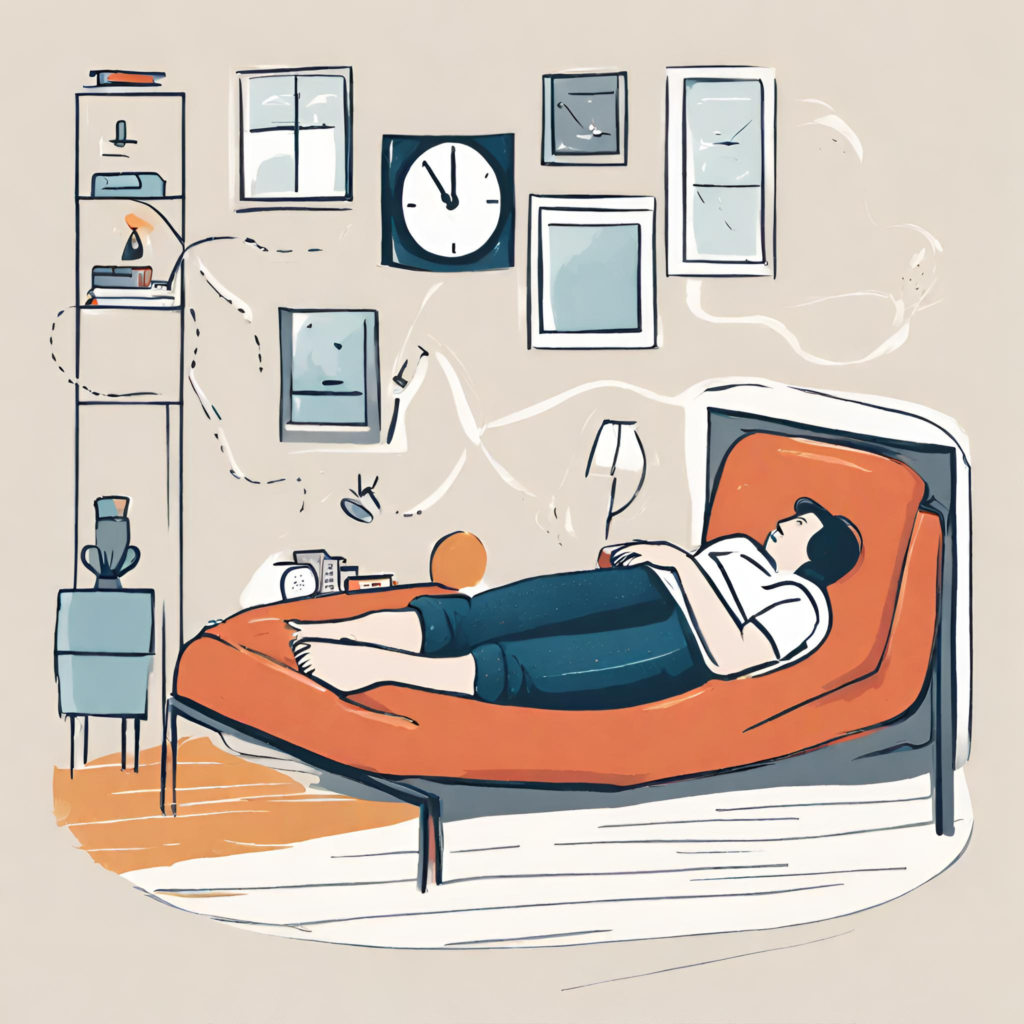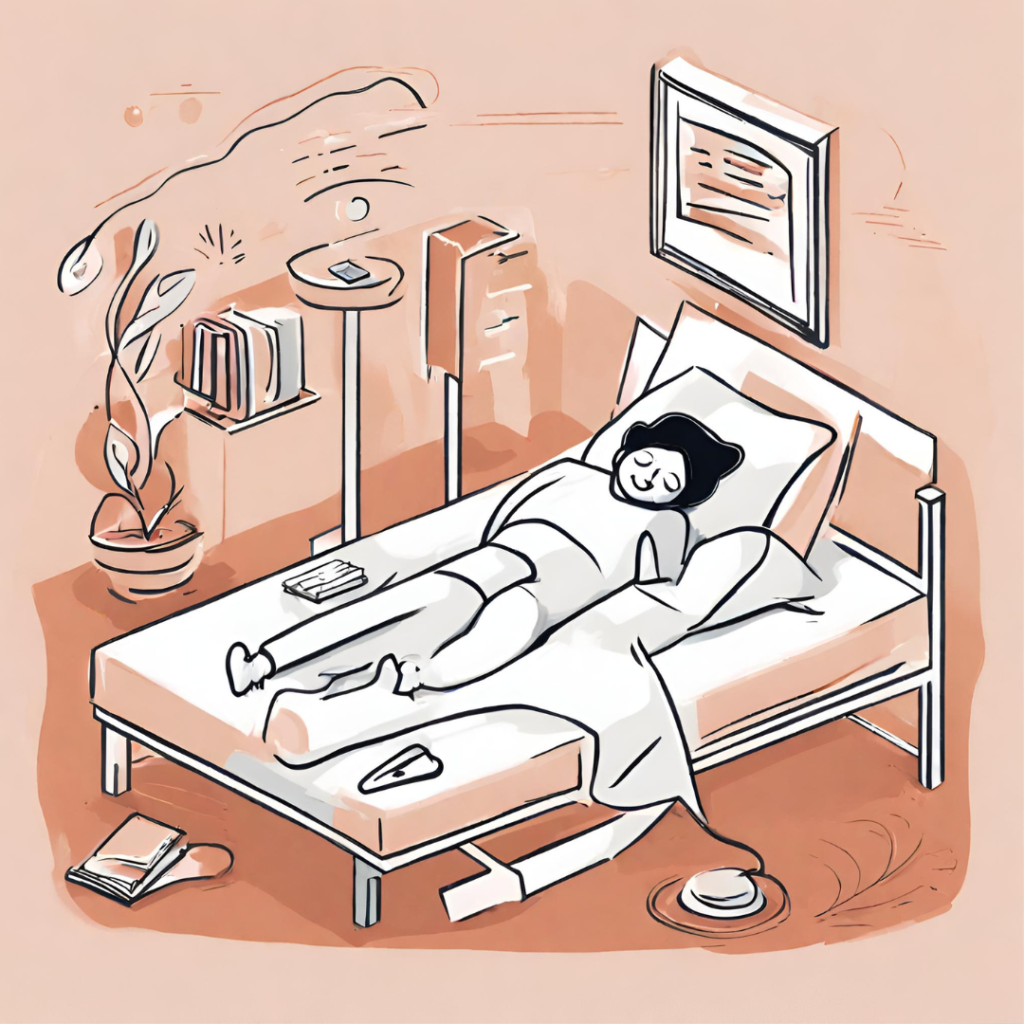The traditional sleep schedule can sometimes fall short of providing the rest we need. Enter the power nap, a brief respite that can revitalize the mind and body. 20-Minute Power Nap Mastery, often hailed as the ideal short nap, can enhance alertness, mood, and performance. This comprehensive guide will explore the science behind quick naps, the benefits of a 20-minute power nap, and provide tips on mastering the art of napping efficiently.
Understanding the Power Nap for Enhanced Daytime Functioning
A power nap is a short sleep session that terminates before deep sleep (slow-wave sleep) sets in, preventing sleep inertia, the grogginess and disorientation that can occur after waking from a longer nap. A 20-minute nap provides significant benefit for improved alertness and performance without leaving you feeling groggy or interfering with nighttime sleep – a key component of 20-Minute Power Nap Mastery.
The Science Behind a 20-Minute Nap
During a brief nap, you drift into the lighter stages of non-REM sleep. This is beneficial for memory consolidation, relaxation, and slight recovery, all without the deeper brain waves and physical changes that occur in longer sleep cycles. Understanding this science is crucial for effective power nap strategies.
Benefits of a 20-Minute Nap: Maximizing Rest in Minimal Time
- Boosts Alertness: Even a brief nap can significantly improve alertness for several hours after waking, a cornerstone of 20-Minute Power Nap Mastery.
- Enhances Performance: Studies have shown that a short nap can improve cognitive performance, reaction times, and short-term memory, making it a valuable tool in quick nap techniques.
- Improves Mood: Napping can be an effective tool for combating the midday slump and the accompanying mood dips, an integral aspect of mastering quick naps.
- Promotes Relaxation: It offers a period of rest which can reduce stress and lower blood pressure, essential for efficient power napping.

Preparing for Your Power Nap: Key Steps for Optimal Rest
1. Time it Right
The ideal time for a power nap is usually mid-afternoon, around 1-3 PM, when most people experience a natural dip in alertness. Napping too late in the day can interfere with nighttime sleep, a critical consideration in 20-Minute Power Nap Mastery.
2. Create a Restful Environment
Find a quiet, dark place to nap. Use an eye mask or blackout curtains to block out light, and consider earplugs or white noise machines to drown out sound, crucial for maximizing power nap benefits.
3. Get Comfortable
An important factor in effective short napping. is remembering to always lie down or recline in a comfortable position. If you’re at work or somewhere you can’t lie down, find a comfortable chair or use a travel pillow to support your neck.
4. Set an Alarm
A vital step in 20-Minute Power Nap Mastery is to set an alarm so that you’ll avoid oversleeping. This helps prevent grogginess from entering deeper stages of sleep and keeps the rest of your day on track.
5. Relax Your Mind
Clear your mind of stressful thoughts. Focus on your breathing or practice a quick relaxation technique to fall asleep faster, enhancing the efficiency of your power nap.
Mastering the Power Nap for Optimal Daytime Recovery
1. Consistency is Key
If possible, make power napping a regular part of your routine. Consistent timing helps regulate your internal clock and can make it easier to fall asleep quickly, a crucial aspect of 20-Minute Power Nap Mastery.
2. Embrace the Nap, Even if You Don’t Sleep
Sometimes, you might not fall asleep during your nap time. That’s okay! The relaxation and restfulness are still beneficial, an important concept in effective power napping strategies.
3. Stay Hydrated
A hydrated body sleeps better. However, avoid consuming large amounts of liquids right before napping to prevent disruptive bathroom trips, an essential tip for efficient short naps.
4. Avoid Caffeine Beforehand
Steer clear of caffeine for at least a few hours before your nap, as it can hinder your ability to fall asleep, which is a vital consideration in 20-Minute Power Nap Mastery.
5. Combine with Caffeine for a “Nappuccino”
For an extra boost, some recommend drinking a cup of coffee right before your nap. Since caffeine takes about 20 minutes to kick in, it starts working just as you’re waking up, enhancing the nap’s refreshing effects. This remains a unique approach in maximizing power nap benefits.
6. Use Technology Wisely
There are various apps and wearables that can help track your sleep and wake you at the optimal time during your light sleep phase, an advanced technique in efficient power napping.

Napping Myths and Misconceptions
Myth 1: Napping is Only for Children or the Elderly
Naps are beneficial for individuals of all ages and can improve performance in adults.
Myth 2: Napping Can Disrupt Nighttime Sleep
An important clarification in effective power napping practices is whether or not it will ruin your sleep. A short nap, especially when kept under 30 minutes, is unlikely to affect nighttime sleep patterns.
Myth 3: You Need to Fall Asleep for a Nap to Be Effective
Even just lying down with your eyes closed can provide restorative benefits – a lesser-known aspect of quick nap techniques.
The Power Nap in Different Scenarios: Adapting to Various Lifestyles
In the Workplace:
A quick nap during your break can boost your productivity for the rest of the day. Find a quiet spot, use a lunch break wisely, and communicate with your colleagues if necessary to ensure uninterrupted rest.
For Students:
Amidst studying and classes, a short nap can improve memory retention and concentration. A beneficial tip for students mastering power naps is to utilize quiet areas like libraries or study lounges.
For Parents:
Short naps can be a lifesaver, especially for new parents. When the baby naps, take the opportunity to catch a quick rest yourself, a key strategy in efficient napping for parents.
For Travelers:
Jet lag and long transit times can disrupt sleep patterns. Power naps can help realign your internal clock and reduce the effects of sleep deprivation, an essential technique in travel nap mastery.
In Conclusion: Embracing the Benefits of the 20-Minute Power Nap
Mastering the 20-minute power nap is both an art and a science. By understanding the benefits and preparing properly, you can maximize the rejuvenating effects of these brief respites. Whether you’re a busy professional, a diligent student, or anyone in between, embracing the power nap can be a game-changer for your daily routine and overall well-being. So, find a cozy spot, set your alarm, and drift into a restful, revitalizing power nap. Your mind and body will thank you for implementing the lessons of 20-Minute Power Nap Mastery.


